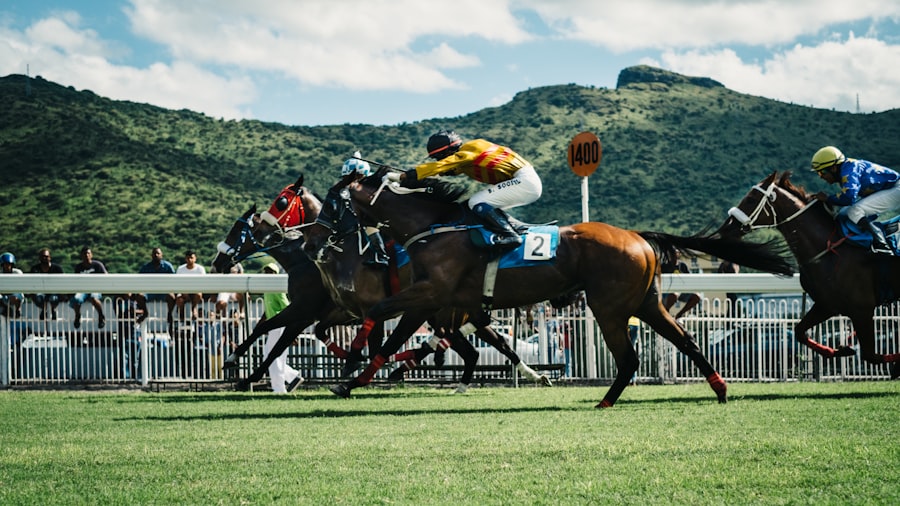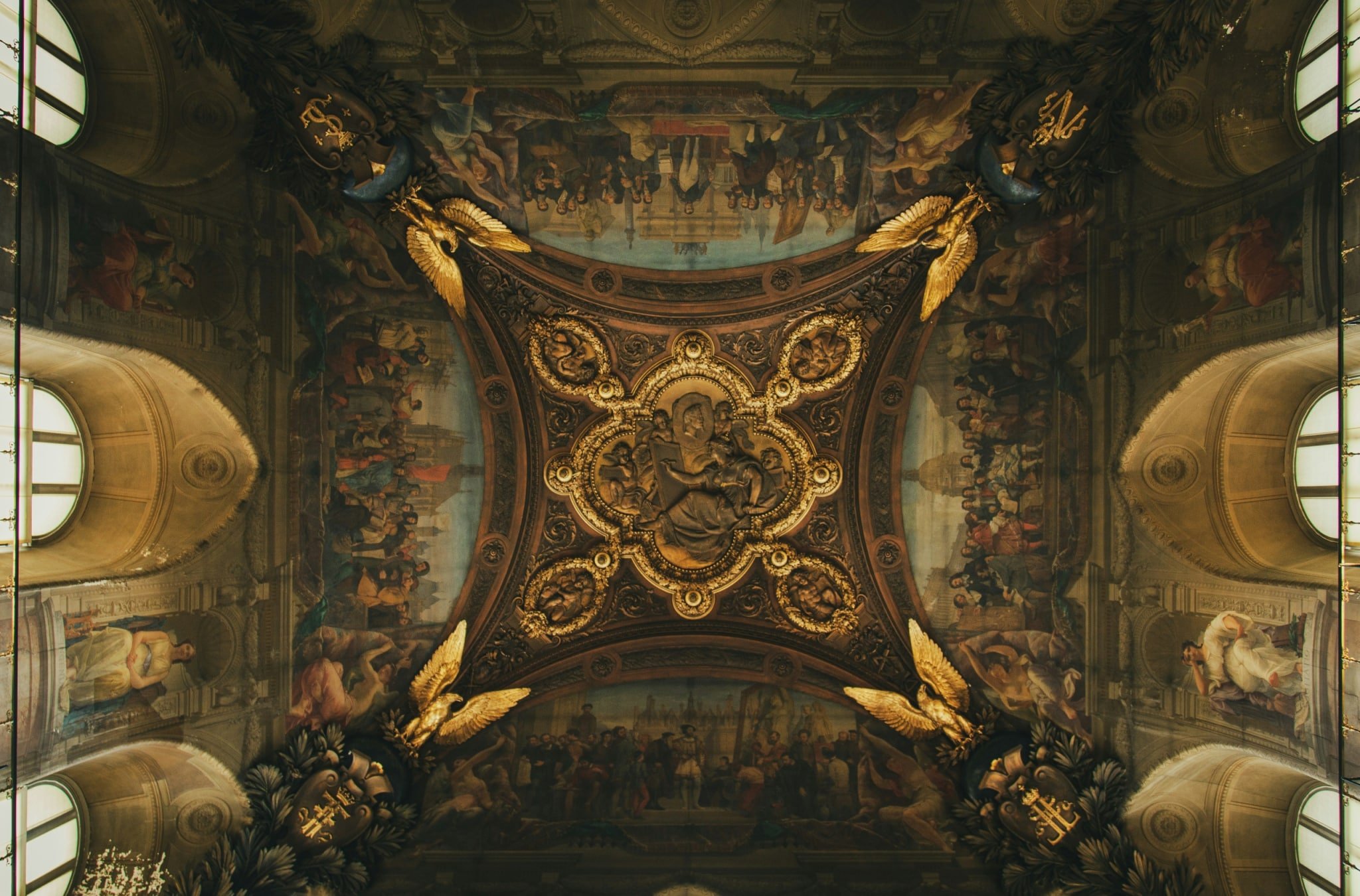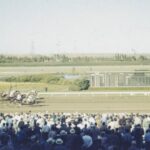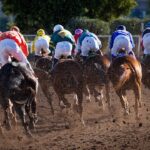The Kentucky Derby, often referred to as “The Most Exciting Two Minutes in Sports,” has its roots deeply embedded in the rich soil of American horse racing history. The inaugural race took place on May 17, 1875, at Churchill Downs in Louisville, Kentucky. The event was the brainchild of Meriwether Lewis Clark Jr., who was inspired by the prestigious Epsom Derby in England.
Clark envisioned a similar event that would not only showcase the finest thoroughbreds but also serve as a social gathering for the elite of the region. His ambition led to the establishment of the Louisville Jockey Club, which was instrumental in the creation of Churchill Downs and the Kentucky Derby itself. The first race featured 15 horses and attracted a crowd of around 10,000 spectators, a remarkable turnout for that era.
The winner, Aristides, became the first horse to etch its name in Derby history, completing the race in a time of 2:37.75. This initial event set the stage for what would become an annual tradition, drawing attention not only for the thrilling races but also for the social spectacle that accompanied them. The Derby quickly gained popularity, establishing itself as a premier event in American sports and culture.
Key Takeaways
- The Kentucky Derby was first held in 1875 and is the longest-running sporting event in the United States.
- The race has evolved from a local event to a national spectacle, attracting top horses, jockeys, and spectators from around the world.
- Notable moments in Kentucky Derby history include Secretariat’s record-breaking win in 1973 and the first female jockey to compete in 1970.
- The Kentucky Derby has had a significant impact on horse racing, influencing breeding, training, and the development of other prestigious races.
- The Kentucky Derby is a cultural phenomenon, with traditions like the mint julep and the singing of “My Old Kentucky Home” adding to its allure.
The Evolution of the Kentucky Derby
Establishing a Prestigious Reputation
By the early 20th century, the Derby had solidified its status as a Grade I race, attracting top horses from across the nation and beyond.
Refining the Selection Process
The introduction of qualifying races, such as the Road to the Kentucky Derby series, has further refined the selection process, ensuring that only the most talented contenders make it to the starting gate. In addition to changes in eligibility and competition structure, advancements in technology and training methods have also influenced the evolution of the Derby.
Advancements in Breeding and Training
The introduction of sophisticated breeding techniques has led to the emergence of exceptional thoroughbreds capable of extraordinary performances on race day. Furthermore, improvements in veterinary care and training regimens have enhanced horse welfare and performance levels. As a result, contemporary races are often characterized by faster times and more competitive fields than those seen in earlier years.
Notable Moments in Kentucky Derby History

The Kentucky Derby has been a stage for countless memorable moments that have captivated audiences and left an indelible mark on horse racing history. One such moment occurred in 1973 when Secretariat, often regarded as one of the greatest racehorses of all time, won the Derby with an astonishing display of speed and stamina. He not only won the race but did so with a record time of 1:59.40, a record that still stands today.
Secretariat’s performance was not just a victory; it was a demonstration of sheer athleticism that transcended the sport and captured the hearts of millions. Another unforgettable moment came in 2009 when Mine That Bird, an underdog with long odds of 50-1, shocked the racing world by winning the Derby. Ridden by jockey Calvin Borel, Mine That Bird’s victory was marked by an extraordinary late surge that saw him pass several competitors in the final stretch.
This unexpected triumph highlighted the unpredictable nature of horse racing and underscored the idea that anything can happen on Derby day. Such moments contribute to the rich tapestry of stories that define the Kentucky Derby and keep fans returning year after year.
The Impact of the Kentucky Derby on Horse Racing
| Year | Attendance | TV Viewership | Betting Handle |
|---|---|---|---|
| 2015 | 170,513 | 16.4 million | 192.6 million |
| 2016 | 167,227 | 15.5 million | 192.6 million |
| 2017 | 158,070 | 16.2 million | 209.2 million |
| 2018 | 157,813 | 15.0 million | 225.7 million |
| 2019 | 150,729 | 16.5 million | 250.9 million |
The Kentucky Derby’s influence extends far beyond its immediate spectacle; it has played a pivotal role in shaping horse racing as a whole. As one of the oldest continuously held sporting events in America, it has set standards for excellence and competition that other races aspire to achieve. The Derby serves as a benchmark for thoroughbred performance and breeding quality, influencing breeding decisions and training practices across the industry.
Winning or even competing well in this prestigious race can significantly enhance a horse’s value and legacy. Moreover, the Derby has become a focal point for betting activity within horse racing. It attracts millions of dollars in wagers each year, making it one of the most lucrative events for both tracks and bettors alike.
The excitement surrounding Derby day generates interest not only among seasoned gamblers but also among casual fans who may place bets for fun or as part of social gatherings. This influx of betting activity contributes to the overall health of the horse racing industry and helps sustain tracks and breeding farms across the country.
The Kentucky Derby’s Cultural Significance
The cultural significance of the Kentucky Derby extends beyond its status as a sporting event; it is a celebration of tradition, community, and American heritage. The Derby has become synonymous with Southern hospitality and charm, drawing attendees from all walks of life who come together to partake in this grand occasion. The event is often seen as a rite of spring, marking a time when people emerge from winter hibernation to enjoy festivities that include mint juleps, extravagant hats, and lively social gatherings.
Additionally, the Kentucky Derby has been woven into the fabric of American pop culture. It has inspired countless works of art, literature, and film, reflecting its status as more than just a race but rather a symbol of aspiration and achievement. The event has been featured in movies such as “Seabiscuit” and “Dreamer,” showcasing its impact on storytelling and popular narratives surrounding horse racing.
This cultural resonance ensures that each year’s Derby is not just about horses running around a track; it is an event steeped in history and significance.
Famous Horses and Jockeys in Kentucky Derby History

Throughout its storied history, the Kentucky Derby has been graced by numerous legendary horses and jockeys who have left an indelible mark on the sport. Horses like Seabiscuit and Affirmed have become household names due to their remarkable performances on this grand stage. Seabiscuit’s triumph during the Great Depression resonated with a nation seeking hope and inspiration, while Affirmed’s fierce rivalry with Alydar during their Triple Crown campaigns captivated fans in 1978.
Jockeys have also played pivotal roles in shaping Derby history.
More recently, jockeys like Victor Espinoza and Mike Smith have made headlines with their impressive rides aboard champions such as American Pharoah and Justify, both of whom achieved Triple Crown glory after their respective Derby victories.
These athletes not only demonstrate remarkable talent but also embody the spirit of competition that defines this iconic race.
The Kentucky Derby’s Traditions and Icons
The Kentucky Derby is steeped in traditions that enhance its allure and create a unique atmosphere each year. One of the most iconic traditions is the singing of “My Old Kentucky Home,” which resonates through Churchill Downs just before the race begins. This poignant song evokes feelings of nostalgia and pride among attendees, reinforcing their connection to Kentucky’s rich heritage.
Another cherished tradition is the wearing of extravagant hats by attendees, particularly women who use this occasion to showcase their creativity and fashion sense. The hat parade has become an integral part of Derby day festivities, with some attendees spending considerable time and resources to create or acquire unique headpieces that reflect their personalities or themes. This emphasis on fashion adds an additional layer of excitement to an already vibrant event.
The Kentucky Derby’s Influence on Fashion and Entertainment
The Kentucky Derby is not only a premier horse racing event but also a significant cultural phenomenon that influences fashion trends and entertainment industries alike. Each year, attendees don their finest attire—often characterized by bold colors, elegant dresses, tailored suits, and eye-catching hats—transforming Churchill Downs into a veritable runway for fashion enthusiasts. Designers often look to this event for inspiration, leading to trends that ripple through society long after Derby day concludes.
Moreover, celebrities frequently attend or are featured prominently during Derby festivities, further elevating its status as a glamorous occasion. The presence of high-profile figures from various fields—sports stars, actors, musicians—adds an element of star power that attracts media attention and enhances public interest in both horse racing and fashion associated with it. Events like celebrity-hosted parties or fashion shows during Derby week contribute to an atmosphere where entertainment intersects seamlessly with equestrian excellence.
In summary, while rooted in tradition and history, the Kentucky Derby continues to evolve as it captures hearts across generations through its thrilling races, cultural significance, and vibrant celebrations that extend far beyond mere competition on race day.
If you are interested in Derby history, you may also enjoy reading about the growth, challenges, and opportunities in the racing industry in the Quarterly Economic Review. This article provides insights into the economic factors that have shaped the sport over the years and offers a glimpse into its future.
FAQs
What is the history of the Derby?
The Derby is a prestigious horse race that has been held annually in England since 1780. It is one of the most famous and important horse races in the world.
Where is the Derby held?
The Derby is held at Epsom Downs Racecourse in Surrey, England.
Who organizes the Derby?
The Derby is organized by the Jockey Club, which is the governing body for horse racing in England.
What is the distance of the Derby race?
The Derby is run over a distance of 1 mile, 4 furlongs, and 10 yards.
What is the significance of the Derby?
The Derby is considered one of the five “Classic” races in England and is the second leg of the English Triple Crown, preceded by the 2000 Guineas and followed by the St. Leger.
Who are some famous winners of the Derby?
Some famous winners of the Derby include Sea the Stars, Nijinsky, Shergar, and Galileo.
What is the prize for winning the Derby?
The prize money for winning the Derby varies each year, but it is typically a substantial amount and the prestige of winning the race is highly coveted by owners, trainers, and jockeys.















